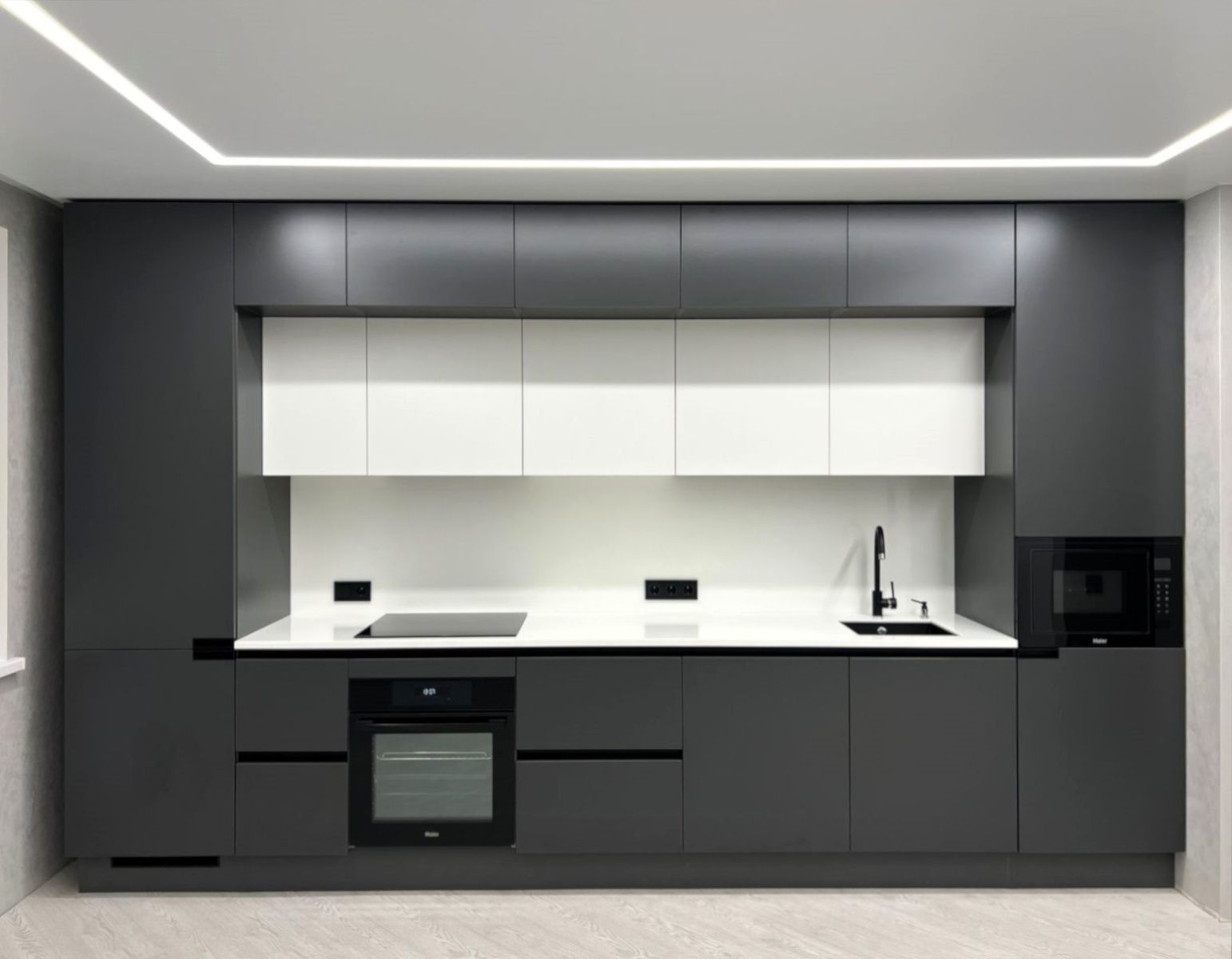
Embracing Gourmet Kitchens
Mastering the art of gourmet kitchen design is about intertwining functionality with sophisticated style. A gourmet kitchen serves as the heart of the home where cooking is not just a necessity but a passion. It provides an inspiring space where culinary enthusiasts can explore their creativity and entertain guests with finesse. To create a kitchen that caters to the epicurean, it is essential to integrate top-notch appliances, ample space, and a harmonious aesthetic.
Planning Your Layout
The layout is the foundation of a gourmet kitchen. It dictates the flow and functionality of the space. Open plans are popular as they offer ease of movement between the kitchen and living areas and are perfect for those who enjoy socializing while they cook. Work triangles are essential, with the stove, refrigerator, and sink placed in a triangular formation to minimize unnecessary steps. An island or peninsula can serve as a central feature, providing additional workspace and a place for casual dining or socializing.
Selecting High-End Appliances
The hallmark of a gourmet kitchen is the presence of professional-grade appliances. Dual ovens, high-BTU range tops, and powerful ventilation systems are typical features. Refrigeration is also key, with options ranging from integrated fridges to wine coolers. Innovative appliances like warming drawers, steam ovens, or induction cooktops reflect the sophistication of a gourmet space while providing practical benefits.
Choosing Quality Materials
Durable and elegant materials are pivotal in gourmet kitchen designs. Countertops should not only reflect beauty but also withstand the rigors of cooking; options include granite, marble, quartz, or stainless steel. Cabinetry crafted from solid wood adds warmth and longevity to the design. For flooring, consider porcelain tiles or hardwood, both aesthetically pleasing and resilient against foot traffic and spills.
Infusing Style and Function
A gourmet kitchen should imbue a sense of personal style while preserving its utilitarian purpose. Custom lighting fixtures can accentuate the kitchen's design and provide task lighting. Backsplashes with artistic tiles or unique patterns contribute to the overall aesthetic. Smart storage solutions ensure a clutter-free workspace, with pull-out shelves, spice racks, and pot fillers blending style with utility. The kitchen's hardware, such as knobs and pulls, can also be selected to complement the room's decor.
Integrating Comfort and Entertainment
Gourmet kitchens often double as entertainment spaces, so incorporating areas for guests is crucial. Comfortable seating, such as plush bar stools or a cozy nook, encourages interaction. State-of-the-art sound systems and strategically placed televisions can enhance the cooking and dining experience. Lastly, integrating elements like under-cabinet lighting or in-drawer outlets can subtly enrich both the ambiance and functionality of the space.
Conclusion: A Feast for the Senses
A gourmet kitchen is more than just a place to prepare meals—it's a multi-sensory experience that elevates the act of cooking to an art form. By carefully considering each aspect of the design, from the layout to the finishing touches, one can master the creation of a gourmet kitchen that is both a joy to cook in and a splendid space to behold.